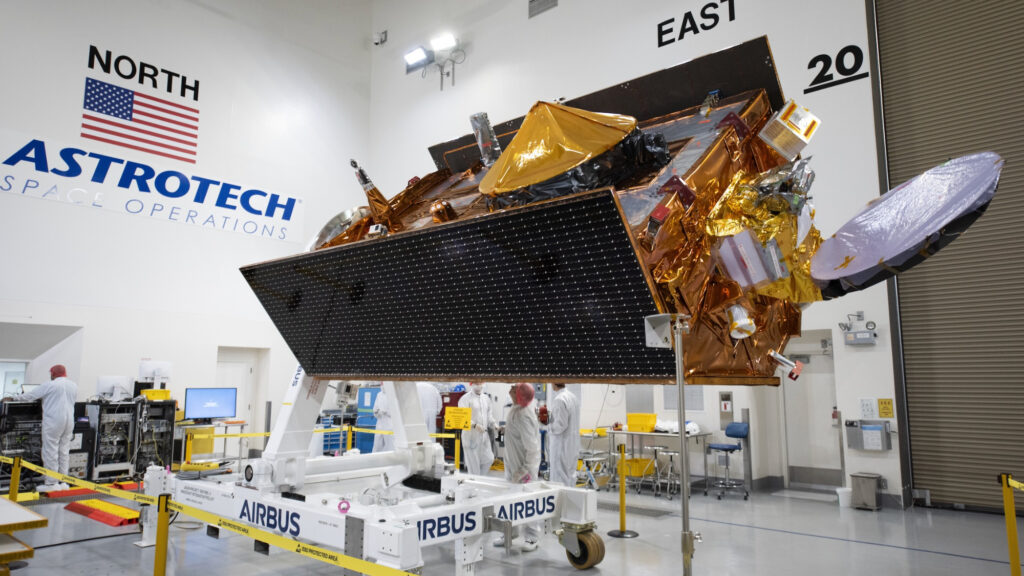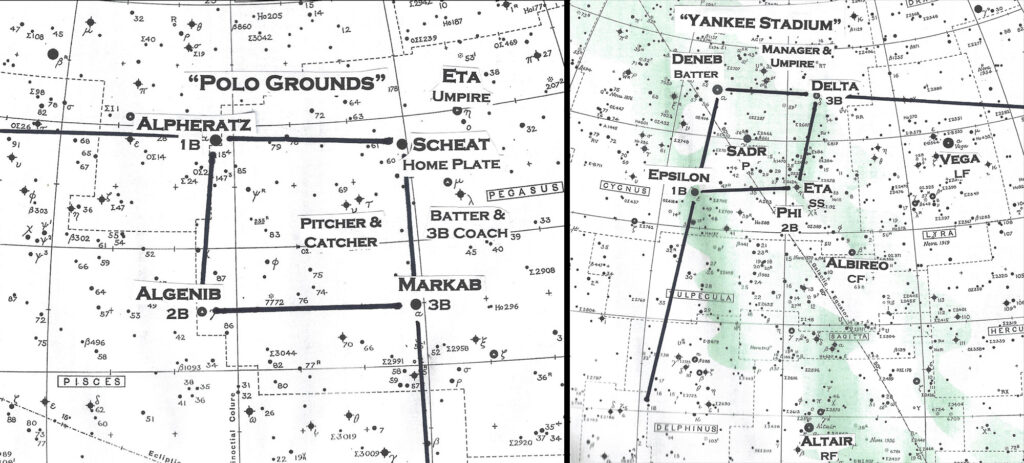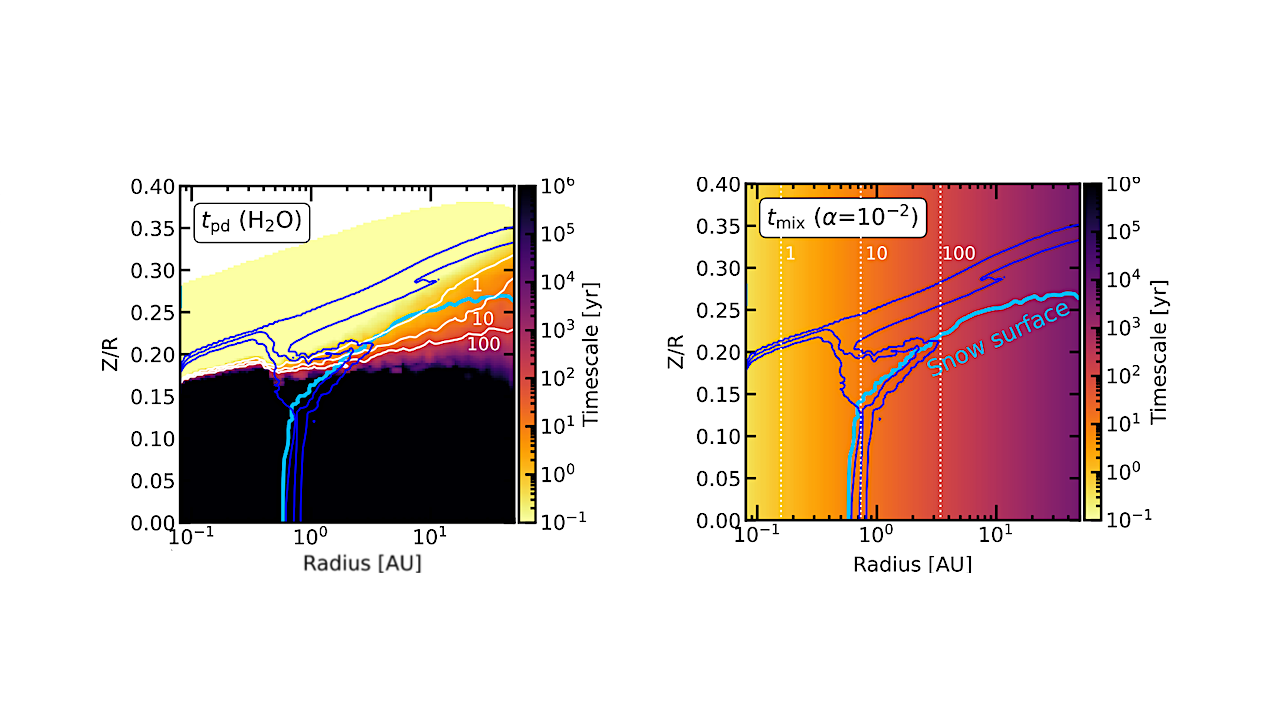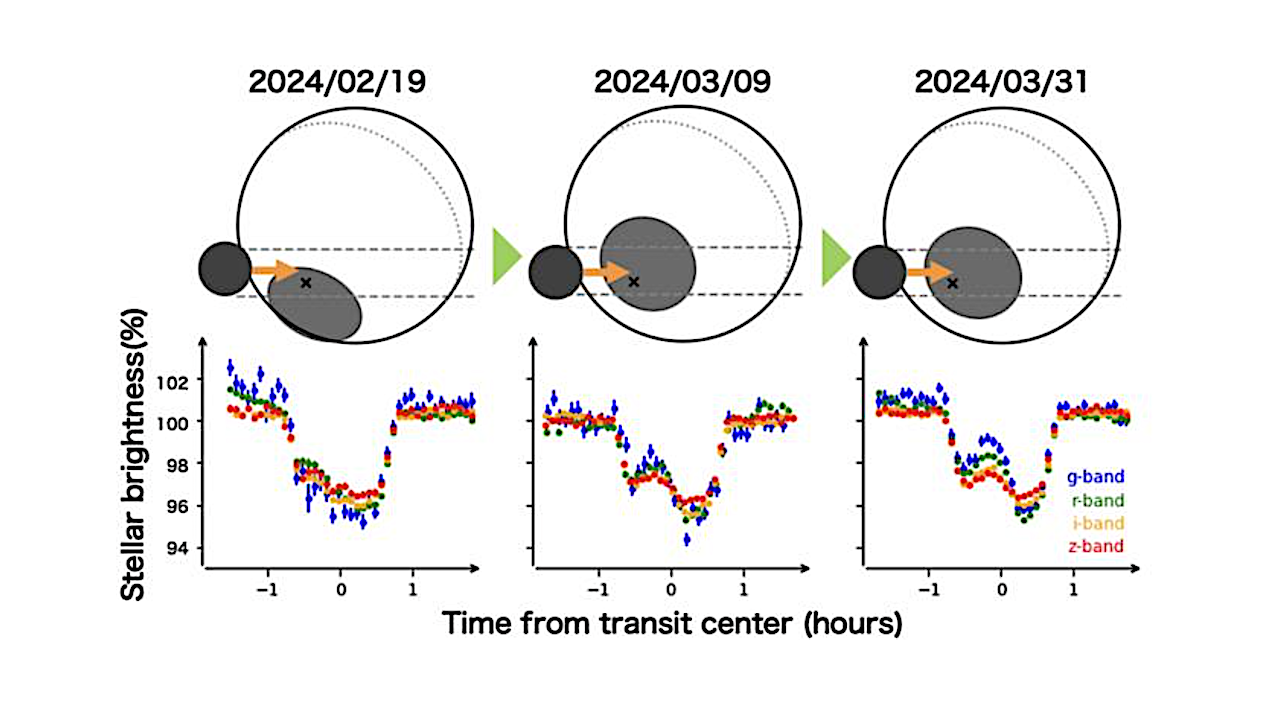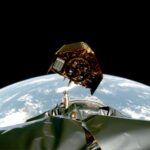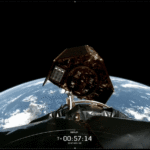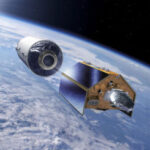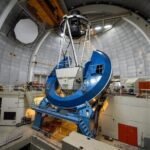Now Reading: NASA workers plan 3rd protest at D.C. headquarters on Sept. 15 to decry Trump’s science funding cuts
-
01
NASA workers plan 3rd protest at D.C. headquarters on Sept. 15 to decry Trump’s science funding cuts
NASA workers plan 3rd protest at D.C. headquarters on Sept. 15 to decry Trump’s science funding cuts
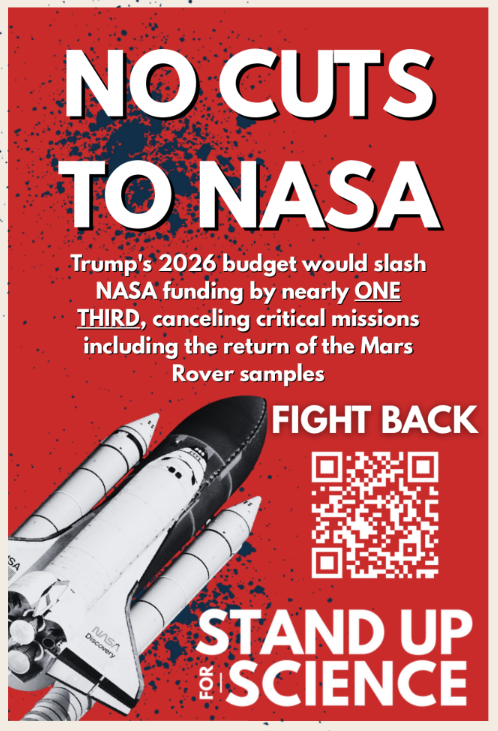
NASA employees are once again taking to the streets to raise awareness about deep science cuts and layoffs at the space agency.
A third “Save NASA” protest is set for Monday, Sept. 15, outside the agency’s Washington, D.C. headquarters. The demonstration is being organized by NASA Needs Help — a group formed by employees and supporters at NASA’s Goddard Space Flight Center in Greenbelt, Maryland, and endorsed by the Goddard Engineers, Scientists and Technicians Association (GESTA).
Monday’s event is scheduled to take place between 8 a.m. and 1 p.m. EDT (1200 to 1700 GMT), according to an event website. It will be the group’s second protest outside NASA headquarters, and third this summer taking place in the nation’s capital. Organizers say they are fighting to preserve NASA’s science programs and workforce in the face of what they view as pernicious preemptive compliance with President Trump’s fiscal year 2026 (FY 26) budget request before Congress has finalized a funding bill.
Demonstrations by members of NASA’s workforce began at Goddard in June, where job losses and potential mission shutdowns sparked employee and community pushback. Dismissals earlier in the year by Trump’s Department of Government Efficiency (DOGE) — formerly led by SpaceX CEO Elon Musk — and at-risk notices sent out to contractors working on missions marked for cancellation in the President’s budget request have stoked fears of uncertainty and stripped employees’ sense of job security.
Organizers say the campaign has grown with each protest, shifting from local concerns in Maryland to a broader appeal for national visibility. A parallel protest to NASA Needs Help’s June 21 “Moon Day” demonstration was also held by workers at the agency’s Glenn Research Center in Cleveland, Ohio.
The group argues that current cuts not only threaten ongoing missions, but also risk dismantling decades of expertise across NASA centers. Departures of those who signed up for the government’s deferred resignation program (DRP) are compounding fears from those sticking around that even if funding is restored, programs will have lost an irreparable amount of institutional knowledge.
This third protest also follows on the heels of an Aug. 28 executive order from President Trump that disbanded employee unions at NASA and other agencies under the justification of national security — a decision GESTA and other worker advocates warn removes employees’ right to respond collectively during a time of mounting turbulence.
The White House’s FY 26 budget request calls for a 24% reduction to NASA’s overall funding, with a 47% cut to agency science programs and a total elimination of NASA’s Office of STEM Engagement (science, technology, engineering and mathematics) and its education initiatives. And while the President’s budget has yet to be signed into law, protest leaders point to layoffs already underway, active spacecraft marked for premature decommission and projects halted midstream as evidence that real damage is already underway.
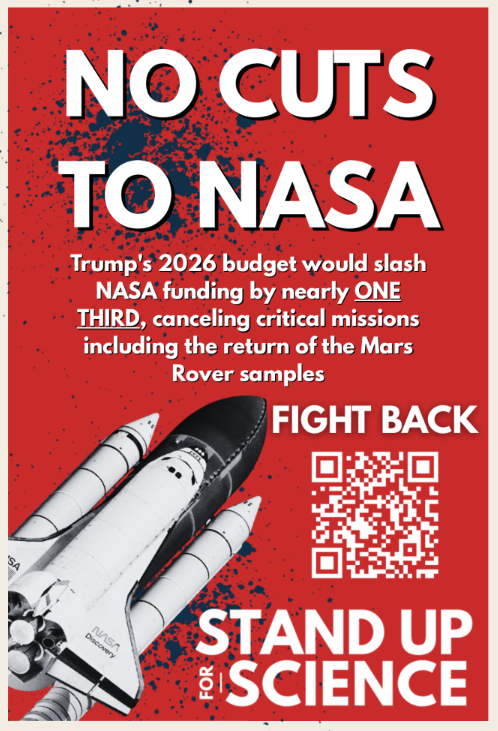
Congress has until Sept. 30, the end of FY 25, to finalize NASA’s funding. Many lawmakers have voiced repeated support for the space agency, and have amended the budget proposal to match NASA’s FY 25 allocations, but those revisions have not been finalized, and it’s not clear if, or when they will be.
RELATED STORIES:
Until lawmakers act, the President’s proposed cuts remain just that — a proposal — but an effort by NASA leadership to align with the Administration’s vision has already triggered layoffs and mission wind-downs. And, if Congress doesn’t finalize a funding bill by the end of the month, NASA will face a government shutdown that will see most employees furloughed and programs halted. Protesters say this looming deadline underscores the urgency of their campaign.
The Sept. 15 protest comes as Congress is still weighing the ultimate fate of the President’s proposed cuts. Monday’s demonstration outside NASA HQ is intended as a show of force to underscore the political cost of hollowing out NASA’s science and education portfolio.
“Congress says they want to save NASA. Let’s see them do it now,” NASA contract worker and NASA Needs Help organizer Marshall Finch told Space.com at a past rally — a sentiment protesters plan to bring to NASA’s front door once again.
Stay Informed With the Latest & Most Important News
-
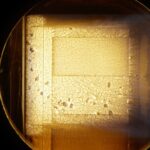 012024 in Review: Highlights from NASA in Silicon Valley
012024 in Review: Highlights from NASA in Silicon Valley -
 02Panasonic Leica Summilux DG 15mm f/1.7 ASPH review
02Panasonic Leica Summilux DG 15mm f/1.7 ASPH review -
 03How New NASA, India Earth Satellite NISAR Will See Earth
03How New NASA, India Earth Satellite NISAR Will See Earth -
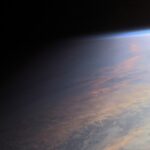 04And Thus Begins A New Year For Life On Earth
04And Thus Begins A New Year For Life On Earth -
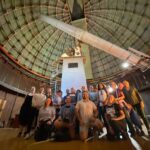 05Astronomy Activation Ambassadors: A New Era
05Astronomy Activation Ambassadors: A New Era -
06SpaceX launch surge helps set new global launch record in 2024
-
 07Space Force plans new ‘Futures Command’ amid pressure to speed up modernization
07Space Force plans new ‘Futures Command’ amid pressure to speed up modernization













